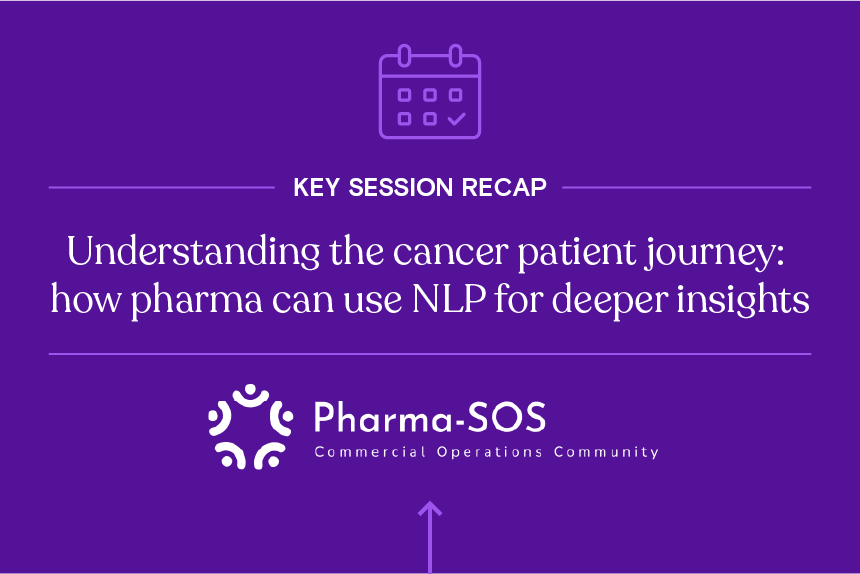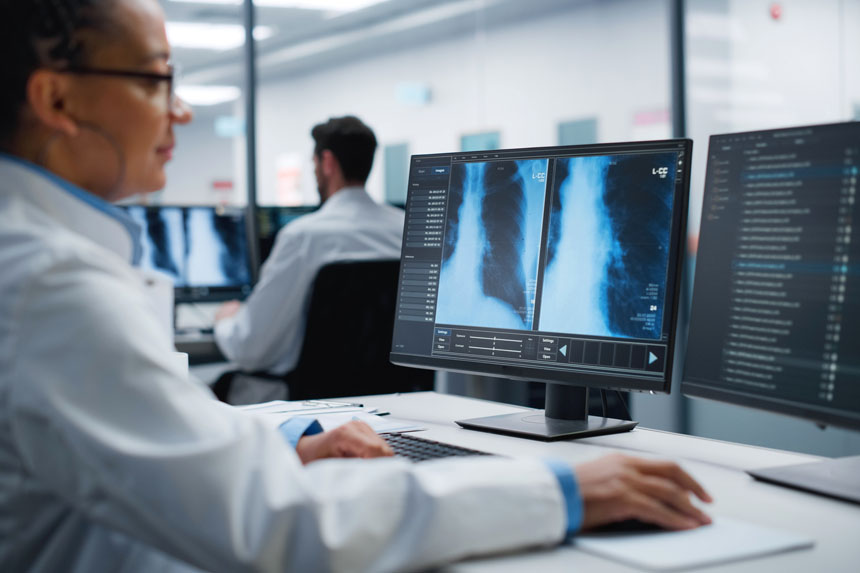Ready to feel old? Twitter turned 16 back in March, meaning everyone’s favorite/most despised social media network is old enough to be behind the wheel in most states.
Love it or hate it, social platforms like Twitter have been driving the way life science organizations connect with consumers, providers and industry experts for years. But these platforms became even more critical aspects of companies’ engagement strategies in 2020, when COVID-19 put the kibosh on in-person conferences, presentations and meetings.
Participation in these events—as well as publication authorship and educational activity—have long been used as metrics by medical affairs teams seeking the expertise and influence of key opinion leaders (KOLs). In an increasingly digital healthcare landscape, however, life science organizations need opinion leaders who are as plugged-in as the patients and providers with whom they work.
So what factors should your life science organization consider to find the thought leaders who can guide product development and make an impact in your therapeutic area? You need more than experts—you need influencers.
Make your next KOL a DOL
KOLs have been central to medical device and biopharma companies’ R&D and commercialization strategies for years. Medical science liaisons (MSLs) and other medical affairs professionals spend countless hours identifying and engaging with these respected experts to secure their influential support throughout the development process.
A great KOL can help a company fine-tune their drug or device to the unique needs of highly specific patient cohorts, ensure clinical trials are up to snuff and moving along without delay, and deliver disease-state education to their peers to build awareness around a developing treatment.
But a KOL’s influence typically ends outside of the specific therapeutic area in which they’ve been published, invited to speak on, or in which they practice.
That’s why many life science organizations are reimagining the KOL role as a DOL—digital opinion leader. These tuned-in HCPs work across digital mediums to create and share content, establishing presence, voice and reach in a social ecosystem that includes industry peers as well as everyday netizens. They are typically younger, more online and more deeply engaged with broader audiences than the older, more academically established folks traditionally identified as KOLs.
Of course, influence and reach aren’t everything. The right DOL should still bear the hallmarks of expertise you’d expect in a good KOL: clinical activity in your relevant therapeutic area, some volume of scientific presentations and/or publications under their belt, and evidence that their work is making a measurable impact on their audience’s behavior.
Likewise, a well-published and respected KOL with a nominal online presence isn’t necessarily the DOL you’re looking for. A Twitter handle does not an influencer make.
The ideal balance of influence and expertise for your next DOL will depend on your organization’s strategic goals. You’ll need to consider quantitative (reach, posting frequency and resonance) and qualitative (relevance of content and audience) factors to determine whether a candidate is the right fit. But first, you need to find them.
Luckily, that might be easier than you’d think. In fact, you’re probably already a user of one or more of the networks where your next DOL almost certainly resides.
Go where the conversation is happening
Two years after the coronavirus first entered our lives, face-to-face connection is once again an option thanks to vaccines, boosters and growing natural immunity. But the usefulness of digital marketing strategies hasn’t diminished a bit. One could argue that the need for engagement across digital channels is more pressing than ever, as thought leaders increasingly prioritize the convenience and immediacy of these channels over the rigorous verification of peer-reviewed publications and the conference circuit.
If you’re looking for an opinion leader on the cutting edge of the healthcare conversation, you’ll need to look where the conversation is happening: social media.
A 2014 study from QuantiaMD found that at least 65% of physicians use social media for professional reasons. In the eight years since the study was conducted, it’s hard to imagine that that figure hasn’t grown.
While networks specifically made for healthcare professionals (HCPs) like Sermo, Doc2Doc and Doximity are slowly building their userbases, most HCPs choose to commingle with the general population on Facebook, Twitter and LinkedIn.
These mainstream social networks offer some key advantages. On these sites, HCPs can educate and engage with massive, diverse audiences on a wide variety of topics. They can share their perspectives and receive immediate, measurable feedback from regular users and industry peers alike.
Unlike traditional publications or healthcare conferences, most social media isn’t hidden behind a paywall or admission fee. The language behind a tweet or status update is likely to be plainer and more accessible than the abstract of a peer-reviewed study. These factors make it easy for users to share content with other users outside the DOL’s original follower base, allowing for spheres of influence that extend way beyond the audience to which the DOL is directly speaking.
In other words, a well-connected DOL can get information on your upcoming therapy or device in front of an audience you didn’t even know was out there.
Do your homework before you engage
Your medical affairs team likely does plenty of research on the reach, publication history and medical focus of any potential KOL before setting up a meeting. The factors that determine a good DOL are a little more complex, and thus require some additional homework prior to engagement.
Let’s say you’ve found a potential candidate on social media with an impressive following and a strong focus on your therapeutic area. First off, make sure the HCP’s online presence is genuine, with real followers rather than paid-off bots. Depending on your goals, your medical affairs team might be interested in the demographics of their followers, or how many institutions and provider groups are counted among them.
Next, check that the HCP shares and promotes reliable sources that appeal to a medical audience. Their content should invite reaction, whether through shares, likes or replies from an audience that aligns with your strategic goals.
Your medical affairs team should also determine whether the HCP is actually driving change or merely encouraging feedback. This could mean their followers are incorporating new clinical data into their practice, adopting new treatments, seeking diagnoses or even shifting policy. If an HCP’s followers aren’t changing their behavior after engagement, the HCP isn’t influential—they’re just popular.
Learn more
Once you’ve identified the right DOL, make sure your medical affairs team knows enough about them to offer a partnership that addresses their needs as well as yours. What projects are they working on? Are they involved in any ongoing research? What are their long-term goals?
You can usually find the answers to some of these questions within an HCP’s social media activity. When that’s not enough, healthcare intelligence offers the insights you need to identify and engage with your next game-changing DOL.
Try it for yourself by signing up for a product demo today.





